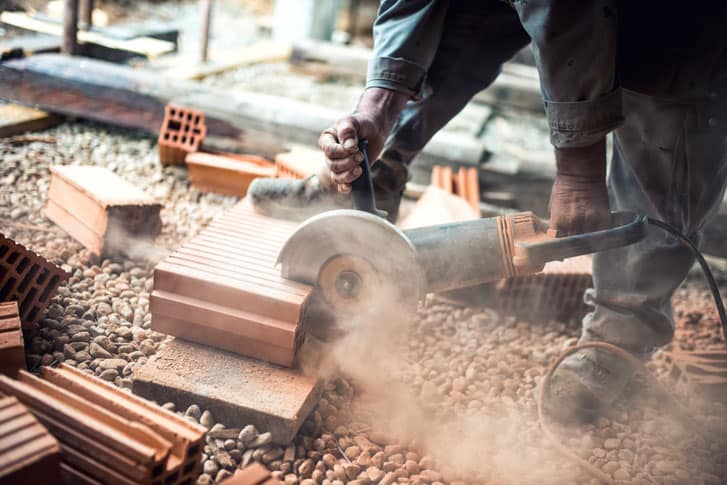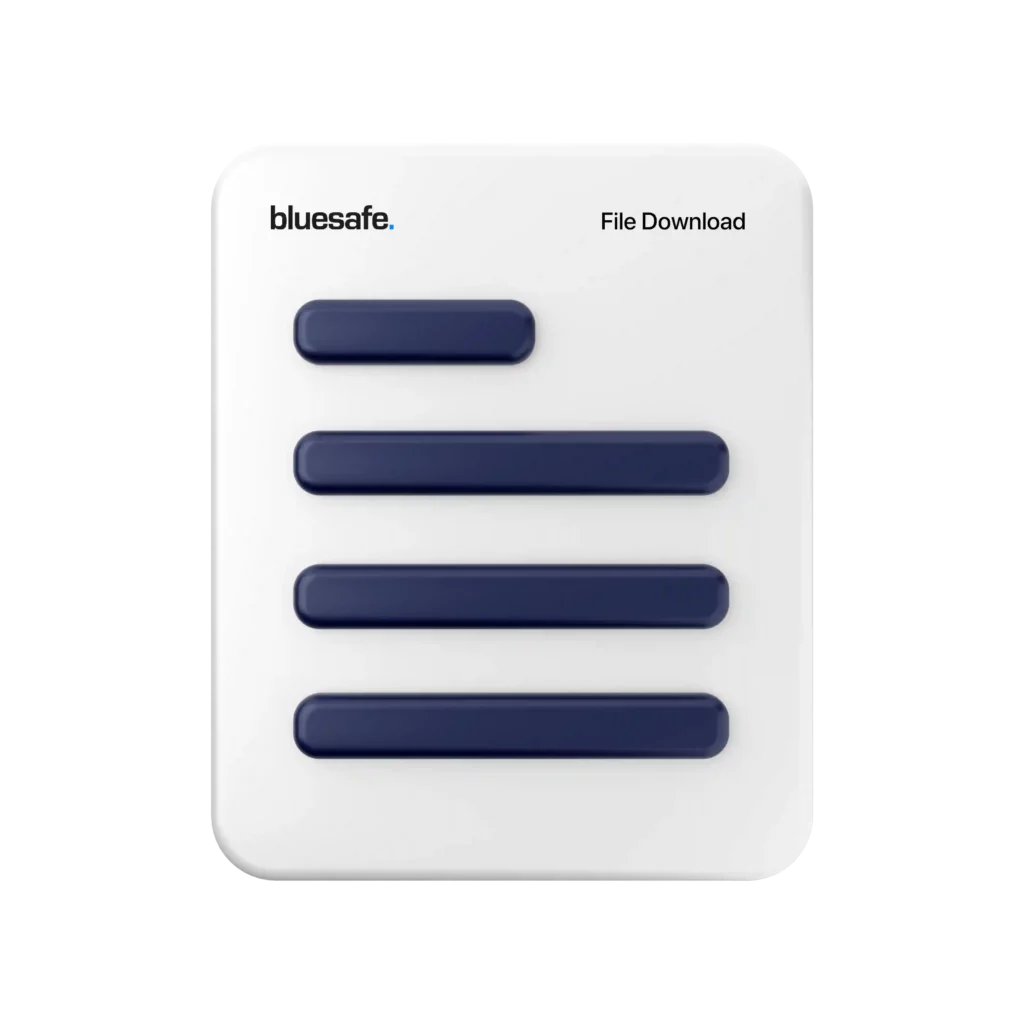Gary’s Safety Tips
G’day everyone, it’s Gary here!
Today, I want to talk about the potential dangers of working with Brick Saws and some recommendations for staying safe in this type of environment.
Brick Saws are commonly used in the construction industry to cut bricks and other materials to size. These machines can be incredibly useful, but they can also be dangerous if not handled properly.
One of the biggest risks associated with Brick Saws is the potential for serious injuries from the saw blade. The blade is sharp and moves at high speed, and it can easily cause cuts, amputations or even fatal injuries. It’s important to always use caution and wear appropriate personal protective equipment (PPE), such as goggles, earplugs, gloves and a face shield when operating the saw.
To prevent injuries, it’s important to follow all safety protocols when working with Brick Saws. This includes making sure the saw is properly set up and maintained, and never operating the machine without proper training and supervision.
It’s also crucial to properly train employees on how to work with Brick Saws, and to never attempt to cut materials that are not suitable for the saw. For example, cutting reinforced concrete or other materials can cause serious damage to the saw blade and create a hazardous situation.
Another potential hazard when working with Brick Saws is the potential for exposure to harmful dust and fumes. Brick cutting generates a lot of dust, which can contain harmful substances like silica. Workers should always use appropriate respiratory protection, such as a respirator or dust mask, and work in a well-ventilated area to reduce the risk of respiratory illness or other health problems.
To stay safe when working with Brick Saws, it’s important to maintain a clean and organised work area. This means regularly cleaning up debris and other materials, properly storing tools and equipment, and keeping the workspace free of clutter.
It’s also important to properly maintain and inspect the saw on a regular basis to ensure that it’s in good working condition. Any defects or problems should be reported immediately to supervisors or maintenance personnel to avoid potential accidents.
Additionally, workers should be aware of the potential for slip, trip, and fall hazards when working around Brick Saws. This includes being mindful of any wet or slippery surfaces, as well as avoiding any clutter or debris that could cause trips or falls.
Finally, it’s important to foster a strong safety culture in the workplace. This means prioritising safety above all else and encouraging employees to speak up if they notice any potential hazards or safety violations.
By providing regular training and education on safe work practices, promoting open communication and collaboration between workers and management, and properly maintaining and inspecting equipment, we can minimise the risk of accidents and injuries and ensure that everyone goes home safely at the end of the day.
In conclusion, working with Brick Saws can be incredibly useful, but it’s important to recognise the potential dangers associated with these machines. By following all safety protocols, properly training employees, and promoting a strong safety culture, we can minimise the risk of accidents and injuries and ensure a safe and productive work environment.
That’s it for today, Gary out!
Cheers,

![]()






